- Top 10 Ayurvedic Foods for Summer Health
- Living the Water Conservation Way
- Why you need a Ayurvedic solace in Kerala ?
- Beyond the Room: How Niraamaya Champions Local Experiences
- A Tale of Two Indian Spots for Valentine's Day
- Unlock a Stress-Free Life: 6 Reasons to Choose Wellness Retreats
- From Ayurveda to Modern Medicine: Hibiscus Across the Globe
- The Ayurvedic Wellness : 7 Tips to Transform Your Health
- A Year of Self-Care: The Ultimate Guide to Rejuvenation Holidays
- Experience the Hornbill Festival: A Cultural Marvel
- How Nature-Friendly Rooms Enhance Sleep Quality
- Wellness Through Design
- Beyond the Boardroom: A Guide to Corporate Wellness Success!
- Kannur: A Wellness Oasis in Kerala
- No-Fire Cooking: A Sustainable and Delicious Culinary
- A Diwali Trip Guide to Kerala
- Ghee, An Ayurvedic Superfood for Auspiciousness and Nourishment
- Unlocking the power of Better Sleep: A Path to Wellness
- Pomegranate Juice: 10 Health Benefits of the Red Pearl Fruit
- The Ayurveda Way: 10 Power Foods for Diabetes
- Roar for Tigers: The world needs more species!
- Experience Niraamaya Retreats Private Residencies At Least Once!
- Why India Is Our New Favorite Place for Medical Tourism
- 5 Reasons to Visit Niraamaya Retreats in Monsoon
- Complete Guide to Surviving Monsoon Depression with Niraamaya
- Embrace the Healing Power of Karkidaka Chikitsa
- Embracing the Kaleidoscope of Love
- Discover the World of Teas and Tisanes
- The Jackfruit Biryani Phenomenon: Why Everyone is Talking About
- From Limiting Beliefs to Limitless Possibilities
- From Chaos to Calm: Celebrating Stress Management Month
- Small Steps, Big Impact: Celebrating Earth Day at Niraamaya Well
- Make a Splash this Summer in Niraamaya’s Private Pool Villas
- Niraamaya Wellness Retreats’ Mussels Ulathiyathu
- Locally Sourced, Freshly Prepared: Exploring Zero-Mile Cuisine a
- Finding Your Zen: Ayurvedic Techniques for a Calmer Mind
- From Farm to Table: Embracing the Slow Food Movement
- Spice Up Your Seafood with Niraamaya's Squid Pepper Recipe
- Plan your next Wellness-cation with Niraamaya Retreats
- Navigating the World of Ayurveda
- Bitter but oh-so-good: Pavakka Thoran
- Unleash Your Inner Wellness Warrior
- The Ultimate Relationship Booster
- Uncovering India's Gems: A Zodiac-Based Guide - Part 2
- Uncovering India's Gems: A Zodiac-Based Guide
- Top Destinations to Visit in 2023 with your Partner
- Safety First: A Guide to Solo Travel for Women
- The Secret to Niraamaya’s Signature Travancore Fish Curry
- Capture the Holiday Magic With Niraamaya's Festive Offerings
- The Ultimate Guide on how to end the year in style at Seychelles
- Athirappilly 101: A beginner's guide on how to have an unforgett
- 7 Reasons Why Stress Management is the Key to a Healthier Life
- Check out the Health Benefits of these 10 Ayurvedic Herbs
- Start Your Wellbeing Journey with These 6 Simple Tips!
- Express yourself via the Art of Journaling
- Leverage cutting-edge tech for advanced wellness
- Boost your post-COVID recovery with Niraamaya
- Make A Positive Change With Our Simple Summer Swaps
- Five tips to help you maintain good health during summer
- 5 Must-Do Wellness Tips In 2022
- Vegan vs. plant-based food: All you need to know
- Retreat into the picturesque hills to take a luxurious break
- Our tips to tackle Technostress
- Functional Medicine: The holistic and natural approach
- 8 Ways to Overcome Stress at Work
- The Rasayana Therapy – Relax and Rejuve Program
- Yoga packages at Niraamaya Wellness Retreats
- Why you must visit Vizhinjam
- 10 ways to enjoy the Niraamaya Retreats as a family
- Dishes you just can’t give a miss at Niraamaya’s Backwaters
- The Art of Now
- How Ayurveda keeps your skin glowing
- Experience the power and beauty of southwest monsoons
- Feel the perfect harmony of earth’s elements
- How to experience the magic
- Nine gingery health benefits
- This Goa Will Fill Up Your Soul!
- Thiruvananthapuram: Top attractions
- Hotel Rooms Just Got 10% Cheaper With GST Rate Cut
- Food Traditions: The Onam Sadhya
- Niraamaya Retreat’s Executive Weight Loss Program
- Photogallery: The luxury suites at Niraamaya Surya Samuda
- Best of the backwaters
- How Panchakarma will help deep cleanse your body
- And we have scored big once again!
- Luxury By Design
- Niraamaya Retreats wins Best Hospitality Architecture Award 2019
- Niraamaya Spa wins the prestigious Luxury Ayurveda Spa Award
- Gourmet offerings at Niraamaya Retreats Backwaters & Beyond
- Creating Sustainable Livelihoods
- Healing Wellness Breaks at Niraamaya Backwaters & Beyond
- 10 reasons why Ghee is known as India’s very own super-food
- Cuisine with a wellness soul
- Kerala’s culinary traditions come alive at Niraamaya Retreats
- The Golden Spice
- Finding Shangri-La
- Everything you want to know about Yoga’s origin and evolution
- All Things Wild and Beautiful
- Tropical Paradise in God’s Own Country
- Healing Holidays for the Mind, Body and Spirit
- Floating over a forest canopy in a verdant green oasis
- A superlative spa, set amidst a lush forest
- An ancient village with horn houses and terraced fields
- Niraamaya Retreats: A unique blend of luxury hospitality
- Cruising Lake Placid
- Why Ayurveda could be your miracle cure?
- An ode to Kerala’s Tharavadus
- Lakeside Luxury at Niraamaya Retreats – Backwaters & Beyond
- Breaking through with ONV’s Leadership Retreats
- Ayurveda: When all you have are three days (or five)!
- Kovalam adjudged ‘India’s Best Wellness Retreat’
- Wellness in Nature: It Heals, Restores and Revives
- Changing Wellness Trends of 2021
- Ghee, An Ayurvedic Superfood for Auspiciousness, Nourishment, an
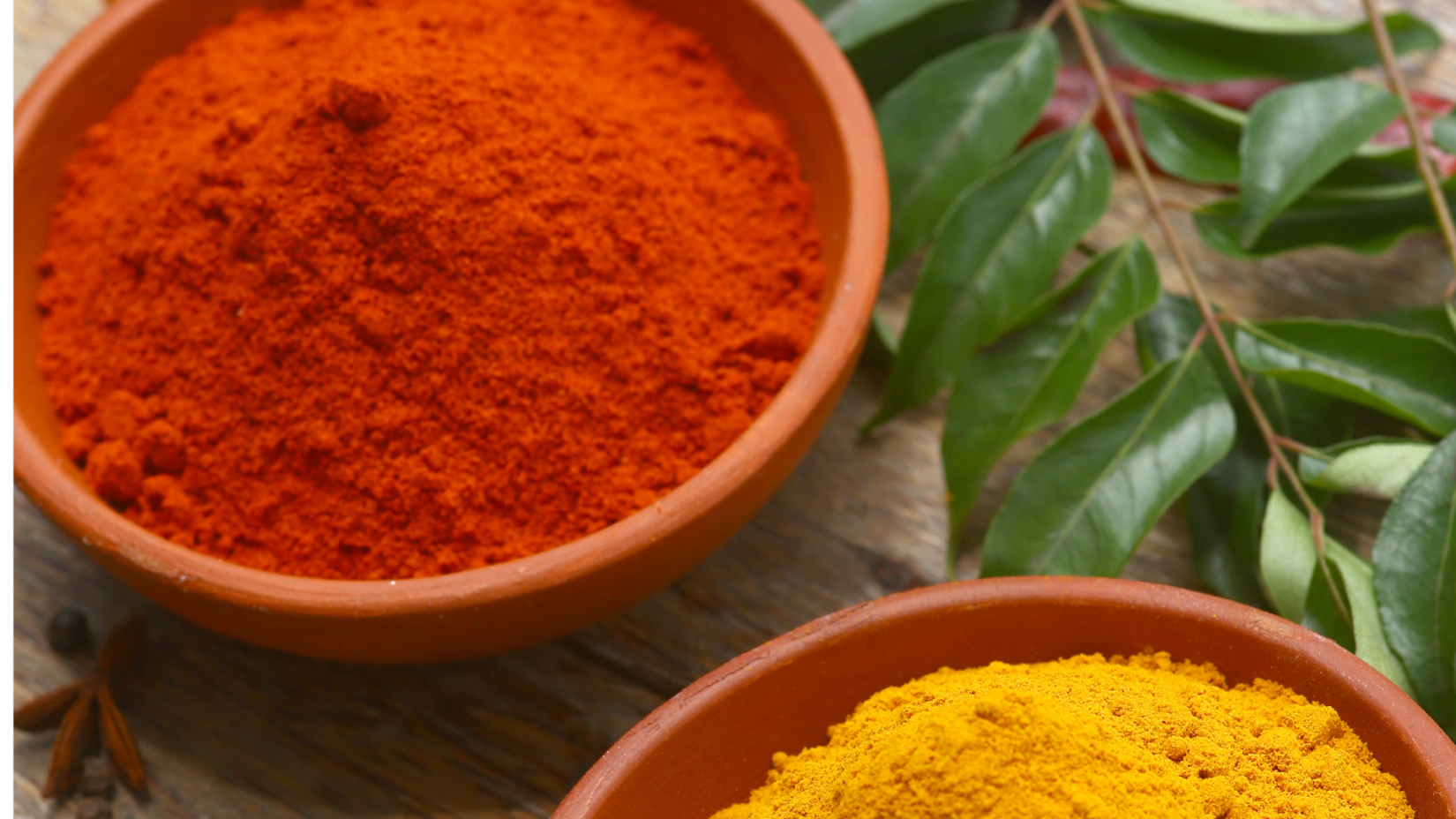
Turmeric, or Haldi, is everywhere—the latte flavour of the moment, with even Starbucks serving a version of it in some of its coffee cafes worldwide. Part of the ancient pantheon of super-foods, turmeric plays a stellar role in Indian and Chinese culinary traditions and traditional medicine. As humans look to improve their physical and mental well-being, many roads are leading to turmeric.
Turmeric — while not many Indians require an introduction to the ubiquitous herb that is used in a vast majority of Indian dishes, right across the subcontinent, modern Indians, and possibly more globally, may require an update on just how useful it is. Humans of earlier times were convinced of its benefits though – its very name derives from the Latin word ‘terra merita’ or meritorious earth!
A native of the Indian subcontinent and Southeast Asia, turmeric (Curcuma longa), is actually a member of the ginger family, and has long found use in Ayurveda — for both culinary and medical purposes. While the taste in curries comes from a variety of ingredients, the rich golden yellow colour is almost exclusively turmeric.
Ground turmeric root has been used in Indian and Chinese cooking (and traditional medicine) for centuries. A staple in all Indian cooking, its primary compound is curcumin, which imparts that rich yellow hue to dishes. While it used as a colouring agent in most dishes, in parts of north India, especially Rajasthan, it is also the main ingredient in some dishes. Across all Niraamaya Retreats, turmeric is an essential ingredient that finds wide application.
Across the globe, store shelves are heaving with turmeric tea and there is also a turmeric cordial, which, by all reviews, is delicious with ginger beer or vodka and lime. Part of the ancient pantheon of superfoods, turmeric plays a stellar role in Indian and Chinese culinary traditions and traditional medicine. As humans look to improve their physical and mental well-being, many roads are leading to turmeric.
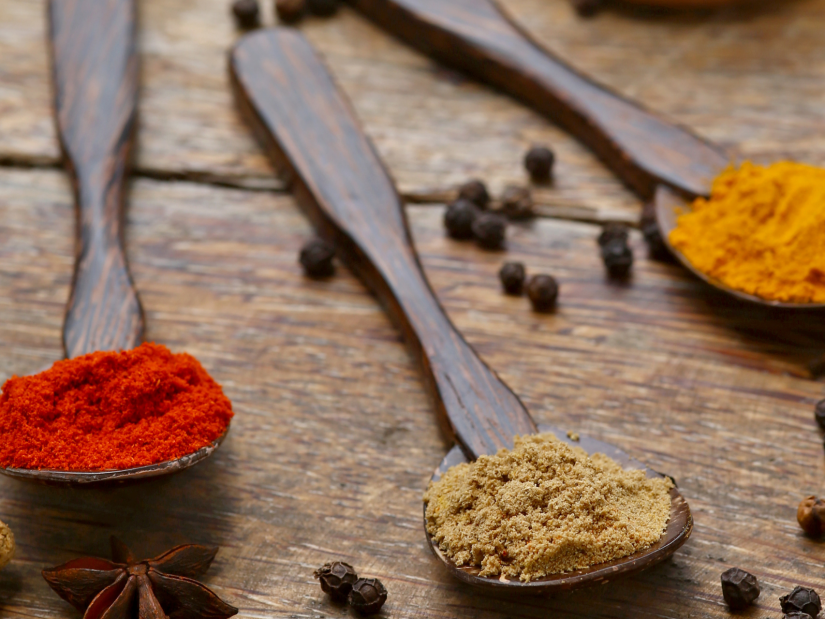
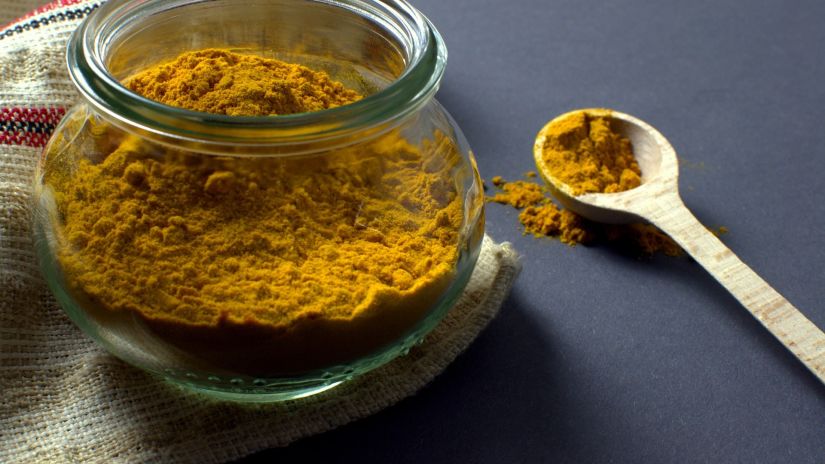
Turmeric’s Ritualistic Significance
While turmeric can be ingested, in food or as medicines, it is also applied over the skin as a paste or inhaled nasally. It is a significant part of India’s traditional rituals too, where it is used as a colouring agent. It finds its way into wedding rituals; the groom and the bride are smeared with a layer of turmeric paste before their marriage, to soften the skin and add a glow to it. In parts of Tamil Nadu and Andhra Pradesh, dried turmeric tuber tied with string is used to create a Thali necklace, while among Maharashtrians, Konkani and Kannada Brahmins, turmeric tubers are tied with strings by married couple to their wrists during a ceremony.
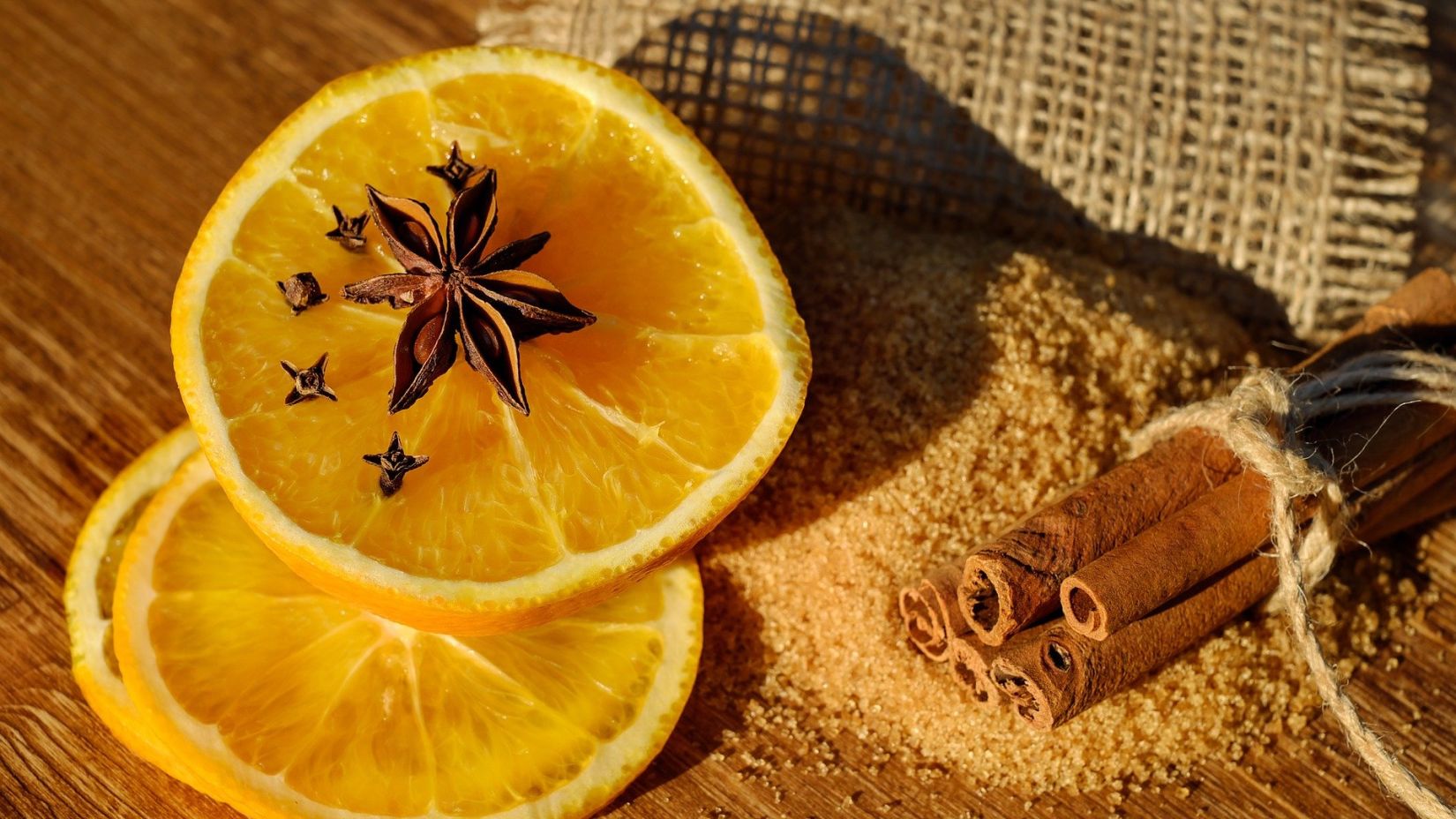
Good for the Body and the Soul!
It is in health, however, that turmeric comes into its own. It is acknowledged as an antioxidant, with properties that include anti-viral, anti-bacterial, anti-fungal, anti-carcinogenic, anti-mutagenic and anti-inflammatory. (See uses below) It is also thought to have many medicinal properties which includes improving the overall energy of the body.
It is used as a colouring agent in cheese, butter, and other foods as well as in manufactured food products such as canned beverages, dairy products, ice cream, biscuits, popcorn, sauces, and gelatins.
SOME LESSER KNOWN USES OF TURMERIC
- Provides relief from arthritic pain, and has been long used to treat osteoarthritis and rheumatoid arthritis.
- As an aid in digestion, especially after consuming all the delectable, but rich, Indian food. It stimulates the gall bladder to produce bile, making the digestive system more efficient.
- It provides relief to those who suffer from constipation.
- As a natural antiseptic it heals cuts, burns or infection, while its anti-bacterial properties make it an effective disinfectant. Its external application relieves inflammation, swelling and pain.
- It has uses in the cosmetic sector, too, as its application on the skin is said to improve skin complexion.
- It is also said to delay the onset of Type 2 diabetes as it helps moderate insulin levels.
- Known to increase the production of the vital enzymes that detoxify our blood in the liver by breaking down and reducing the toxins
- A substance called Lipopolysaccharide found in the herb helps boost immunity, acting as an anti-fungal agent
- It is beneficial in all urinary tract infections
- An unexpected one – turmeric is an excellent mosquito repellent and is also used as a pesticide
In Food
At home, turmeric is most often used in a dried powdered form in cooing. However, increasing awareness about its benefits is leading people to use it fresh, and vegetable vendors are stocking fresh tubers. It looks like ginger, only bright orange in colour, with a smoother cover texture. The advantage of turmeric is that it can be easily integrated into anyone’s daily diet. Even if not in a cooked dish, you can just put a pinch of turmeric powder over anything you are eating to reap its benefits.
For those following Ayurveda, Pitta-dominant people may sometimes experience increased body heat with the use of turmeric. They can add a pinch of turmeric to a cup of milk to control pitta.
Turmeric is also known as a great preservative. Turmeric supplements are available in the pill form. However, most experts recommend using raw turmeric for its benefits to be most effective. For those so inclined, it is relatively easy to grow at home. It grows best where the temperatures are between 20 and 30 °C, with generous amounts of annual rainfall.
The golden yellow spice is also a great flavour enhancer, an excellent spice to flavour your food as it’s low in sodium and calories, and sugar-free too. Turmeric may not still be regarded as a superfood, but do you still have any doubts that it should be?
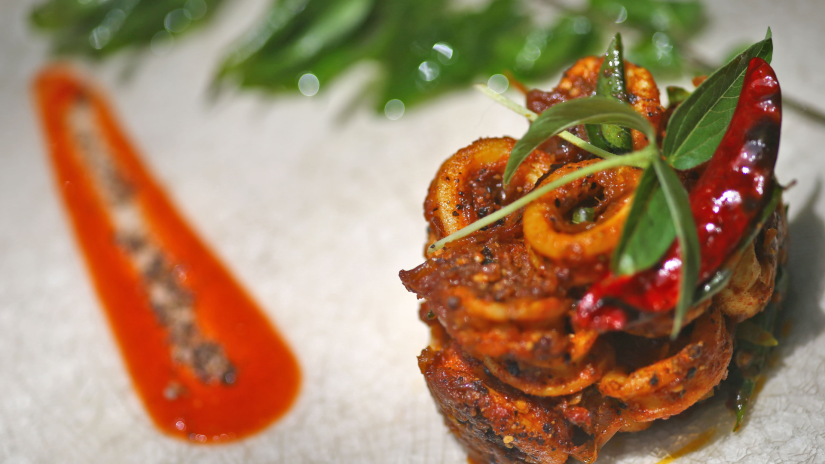
DID YOU KNOW
- Turmeric requires temperatures between 20 and 30°C and a considerable amount of annual rainfall to thrive.
- Plants are gathered each year for their rhizomes, some for propagation in the following season and some for consumption.
- To store fresh turmeric, put in a plastic, airtight bag in the refrigerator. This can used for up to three weeks.
- Besides Ayurveda, turmeric is also part of other schools of medicine such as Siddha, traditional Chinese medicines, Unani, and the animistic rituals of Austronesian peoples.
- Turmeric was first used by ancient humans as a dye.
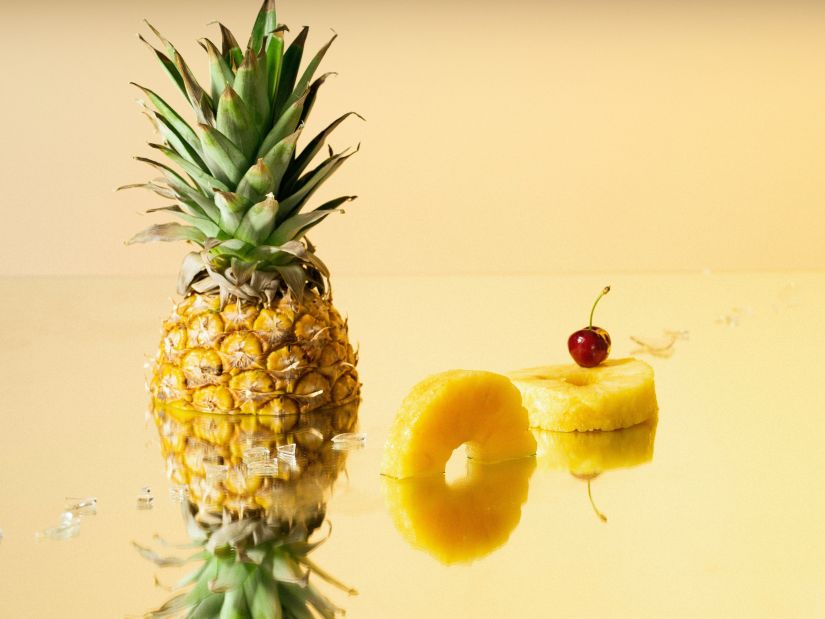
PINEAPPLE KALAN
The chefs at Niraamaya Retreats make extensive use turmeric in their cooking. Here’s a recipe from Kerala for you to try at home, courtesy Chef Prakash Nayak.
INGREDIENTS:
- Pineapple – 200g
- Coconut oil – 20ml
- Mustard seeds – ½ tbsp
- Red chilly whole – 2
- Curry leaves – 8
- Coconut – ½
- Ginger – 10g
- Green chili – 1
- Cumin – ½ tbsp
- Garlic – 10g
- Curd – 100g
- Turmeric powder – ½ tbsp
METHOD:
- In a pan pour the coconut oil and heat.
- Put mustard seeds and roast till they crackle, add split red chili, curry leaves, chop ginger, green chilli, coconut paste (grated Coconut, cumin, garlic, curry leaves, green chilli, mustard seeds) and sauté for ten minutes.
- Add salt, turmeric powder, pineapple cubes and sauté well again for a few minutes.
- Remove from the fire.
- Then add the whisked curd, pour the coconut mixture, stir well. Check the salt
- Simmer till done, and remove from fire.
Turmeric milk for cold and sour throat
INGREDIENTS:
- Milk – 1 cup
- Turmeric powder – ½ tsp
- Crushed pepper – 2to 3
- Dry ginger – ½ tsp
- Honey to taste
METHOD:
- Heat the milk on a medium heat.
- Add the spices – turmeric, ginger and pepper and stir well.
- Let the milk begin to simmer but not boil.
- Turn off the heat and let the spices infuse for a couple of minutes.
- Strain the milk, add honey for taste and serve warm.
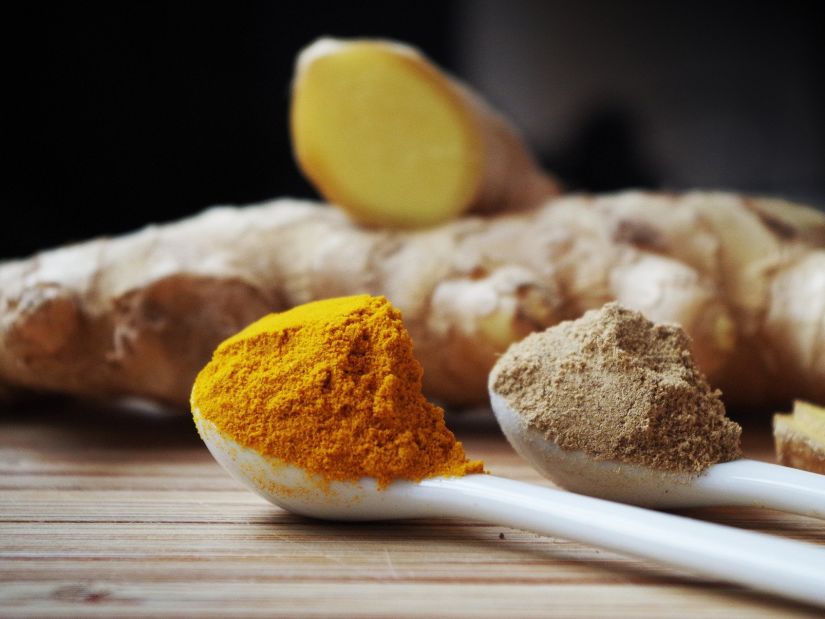
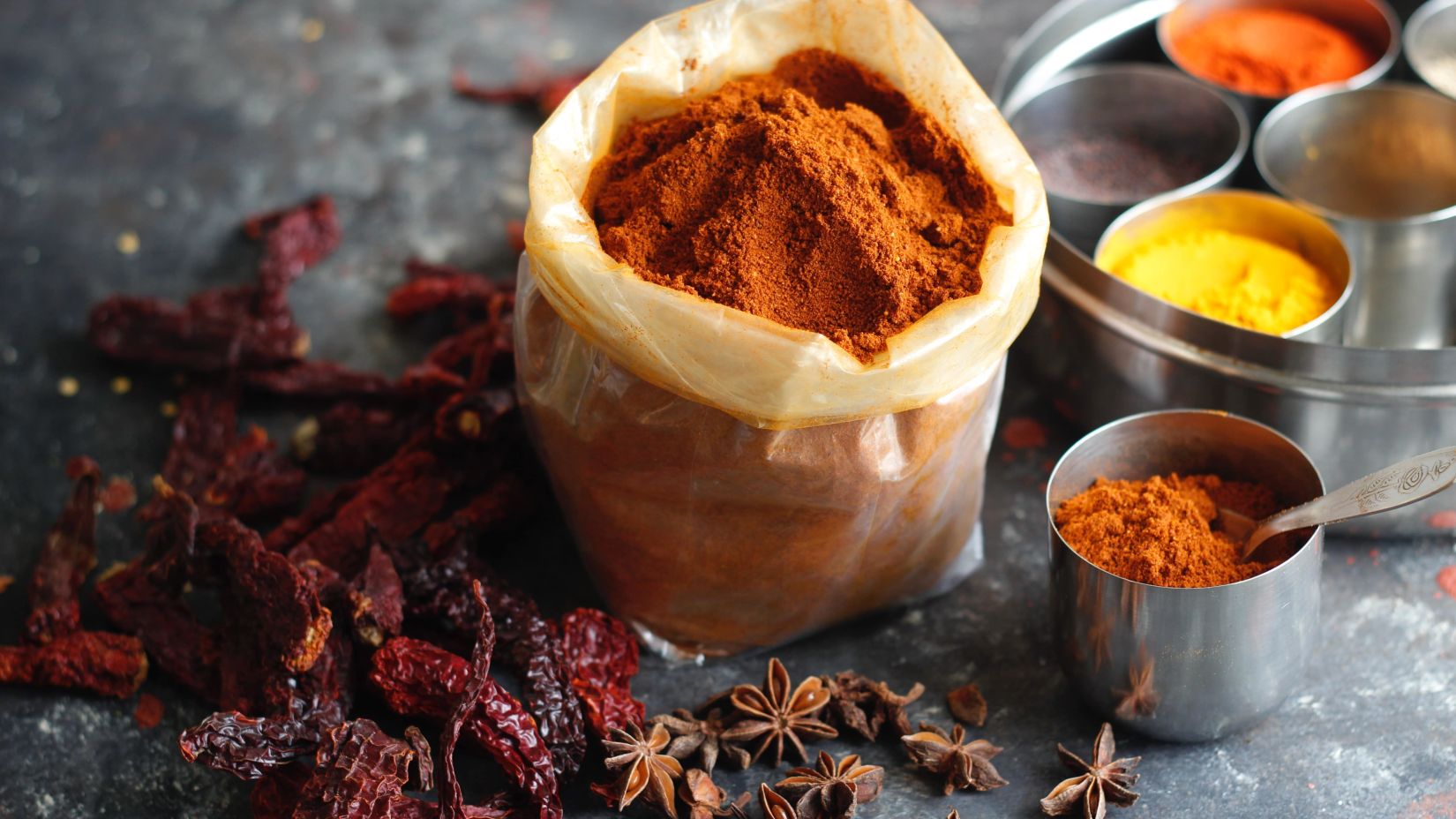
Ayurveda recommended medicines that use turmeric as a main ingredient
- Haridra Pramehaharaanam – Of all the herbs useful in diabetes, turmeric is the most beneficial.
- Vishanut – useful in toxic conditions.
- Mehanut – useful in diabetes and urinary tract infections.
- Kanduhara – relieves itching sensation due to allergy.
- Ksuhtahara – used in wide variety of skin diseases.
- Vranahara – useful for quick wound healing.
- Dehavarna vidhayini – improves skin complexion.
- Vishodhini – natural detoxifier.
- Krumihara – relieves intestinal worms and infected wounds.
- Pinasa nashini – useful in running nose, Upper respiratory tract infection.
- Aruchinashini – useful in anorexia.
- Panduhara – useful in anemia, initial stages of liver disorders.
- Apachihara – useful in wounds, sinuses.
- Twakdoshajit – detoxifies blood and skin.
- Vishothajit – natural anti-inflammatory.
- Vatasranut – useful in gout.
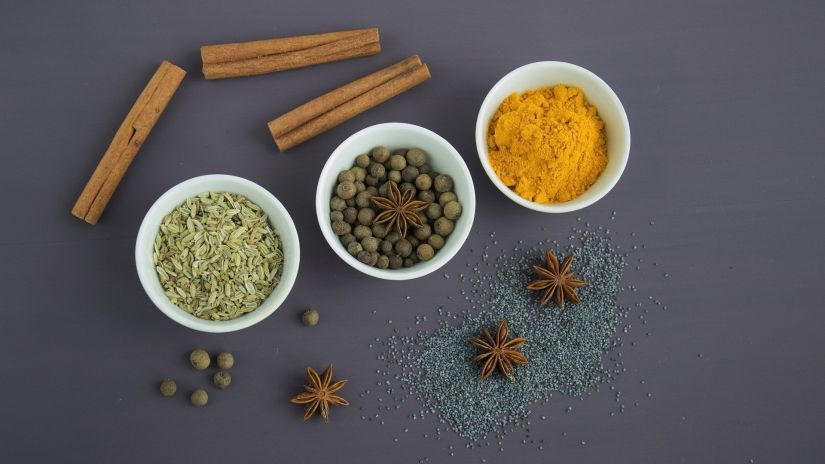
BOX-OUT
TURMERIC – IN VARIOUS LANGUAGES
This is one superfood that finds mention in several cultures and is part of different linguistic heritage.
- English – Turmeric
- Hindi – Haldi, Hardi
- Telugu – Pasupu, Pasupu Kommulu
- Tamil – Manjal
- Kannada – Arishina
- Punjabi – Haldi, Haldar, Halaj
- Bengali – Halud
- Gujarati – Haladar
- Marathi – Halad
- Arabian – Kumkum
- Farsi – Zardchob
- Malayalam – Manjal